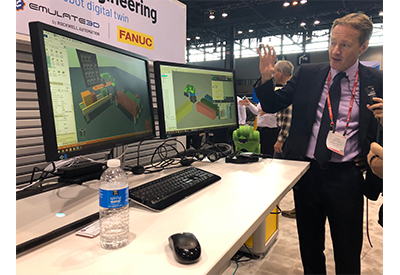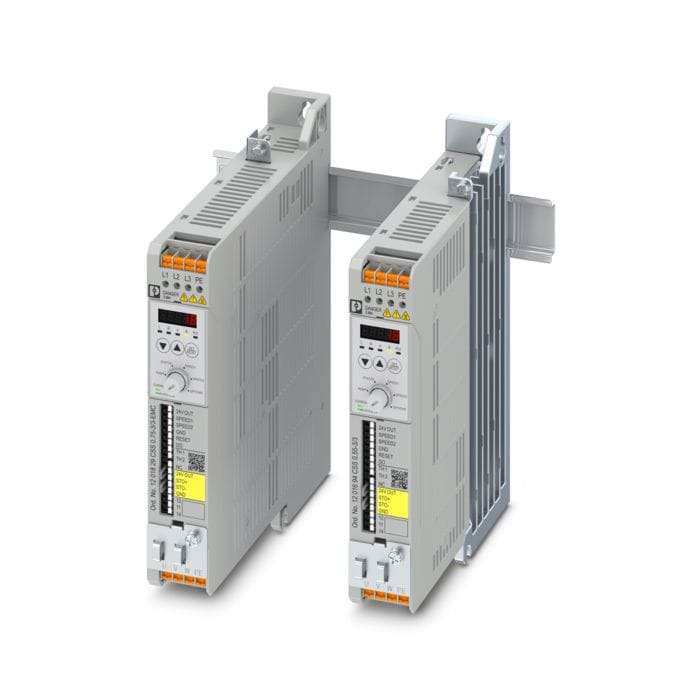Grid Transparency Behind-the-Meter Is Key Challenge for Power Utilities, Study Reveals
February 20, 2024

- Siemens commissioned a study of 100 decision makers from the US and Canadian utility industry to understand how they are adapting to the surge in distributed energy resources (DERs)
- Findings indicate that limited visibility and understanding of DER behavior creates operational challenges and impacts grid performance
- Solutions such as distributed energy resource management systems (DERMS) exist, but data shows adoption to be slow
Siemens has released key insights into how electric utilities in the United States and Canada are managing the rapid adoption of behind the meter distributed energy resources (DERs) in its new report “Seeing behind the meter: How electric utilities are adapting to the surge in distributed energy resources.”
Data from the study reveals the extent to which utilities are challenged by behind the meter distributed energy resources and the benefits that increased DER visibility could enable. Key findings include the importance of investing in technologies to boost visibility behind the meter, prioritizing DER management programs for a more reliable and stable grid, and strengthening customer trust to boost participation in management programs.
Siemens partnered with Oxford Economics – a leader in thought leadership, global economic forecasting, and econometric analysis – to survey 100 decision makers from electric utilities in the United States and Canada.
“The complexities associated with behind the meter DERs are a significant challenge to electricity distribution utilities in North America. Technology can help by providing actionable insights into the opportunities and challenges of these resources to improve grid resilience. The software and digitalization tools we implement today, will not only increase capacity, but aid in reliability – laying the foundation for an autonomous and advanced clean grid of the future,” said Marcus McCarthy, SVP of Siemens Grid Software, US and Mexico.
Study reveals a rise in active energy producers
The report highlights the steady transformation of passive energy consumers into producers, consequently altering the energy market. This transition is an opportunity to tap into alternative sources of power and increase the resilience of the grid to meet sustainability goals. However, according to the study, behind the meter visibility is a challenge in designing cost-effective programs and monitoring. At least half of utilities surveyed have experienced an increase in the adoption of solar panels (64%) and electric vehicles (50%) over the past three years. Batteries are expected to gain popularity with over half (59%) of respondents expecting increased penetration in the next three years.
Operational challenges caused by behind the meter DERs are known but difficult to address due to lack of visibility
Findings from the survey highlight that there is a lack of clarity in understanding DER’s location, size, and activity. In fact, 70% of respondents said they rely on interconnection requests and/or integrations with platforms like distributed energy resource management systems (DERMS) to gather information about the location of behind the meter DERs.
Utilities surveyed estimate that they only have visibility into, on average, 36% of DERS on the grid through platforms like DERMS. As a result, the report indicates that behind the meter DERs create an operational issue for utilities. Nearly three quarters of utilities said that customer adoption creates challenges, including voltage visibility and control issues, back-feeding, protection and control coordination issues, distribution transformer and conductor overloads, masked or hidden loads.
Optimizing the grid through demand-side and DER management programs
The study points to demand-side management programs (which incentivize customers to modify energy consumption patterns) as a solution. More than two in every three utilities surveyed are implementing demand side management programs and plan to expand this in the next five years. However, only 37% have currently implemented DER management programs (involves communication and management by grid operators of DERs to deliver grid services and balance demand with supply) – as this involves the additional hurdle of customer opt-in. The results of the survey found that, on average, only 35% of customers participate in DER management programs versus 54% for incentive-based demand-side programs.
The future of the grid relies on visibility
More than half of respondents expect visibility into the behavior and location of all behind the meter DERs to benefit their operations department by reducing their SAIDI (System Average Interruption Duration Index) and SAIFI (System Average Interruption Frequency Index) metrics and increasing productivity. Moving towards the future of autonomous grids, three key findings from the report may be relevant. First, invest in the technologies that boost visibility behind the meter – a necessity for utilities to successfully navigate the energy transition and future-proof the grid. Second, prioritize strategies like demand-side and DER management programs for increased flexibility behind the meter. And finally, strengthen customer trust to boost participation in management programs.
More Information
White paper: Seeing behind the meter: The next-generation grid
Related Story
Siemens and UL Solutions Redefine Future of Certification Process with Groundbreaking Digital-Twin Technology
For the first time ever, an industrial product has been certified for the United States after parts of the required tests were conducted through digital simulation. That simulation was verified and validated with physical testing. This remarkable achievement is a global first in a national safety-certification process. To make this advance possible, Siemens collaborated with UL Solutions, an esteemed global leader in applied safety science. The result is a testimony to the remarkable accuracy and reliability of modern digital twin simulations. It marks a step forward into a future in which digital twins and the industrial metaverse streamlines product development, enhances innovation, safety and accelerates time-to-market.












